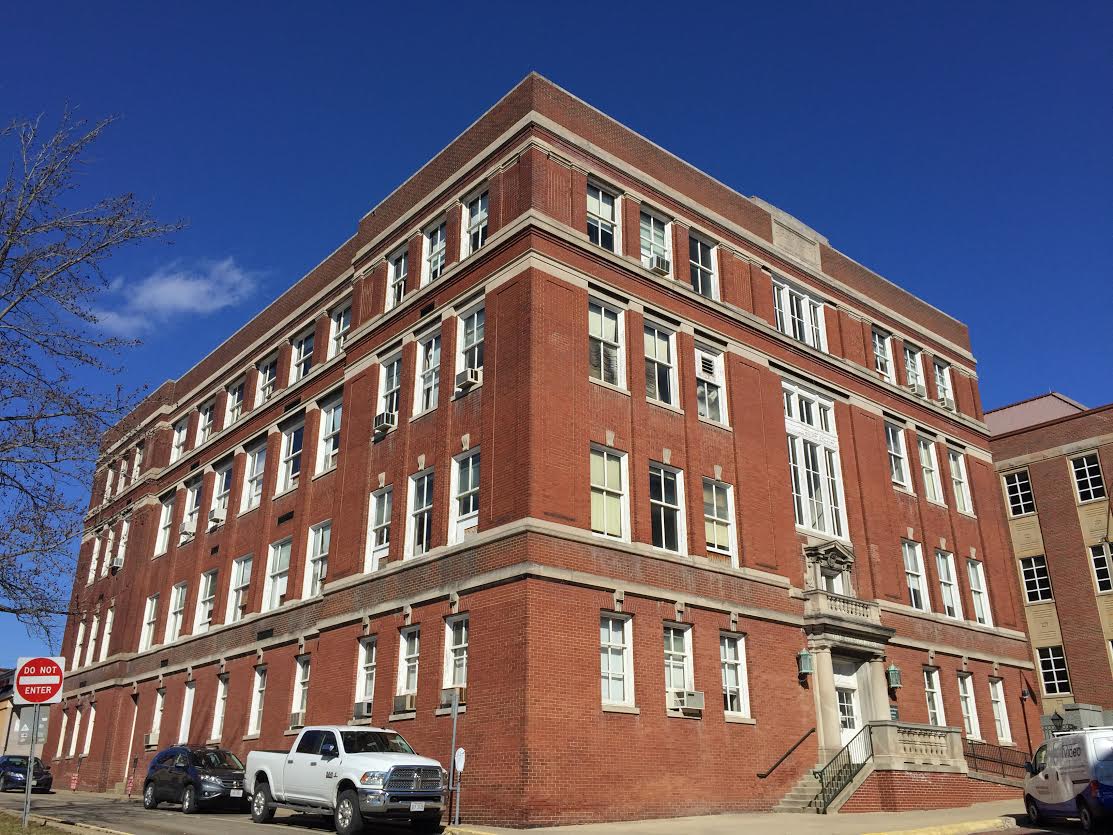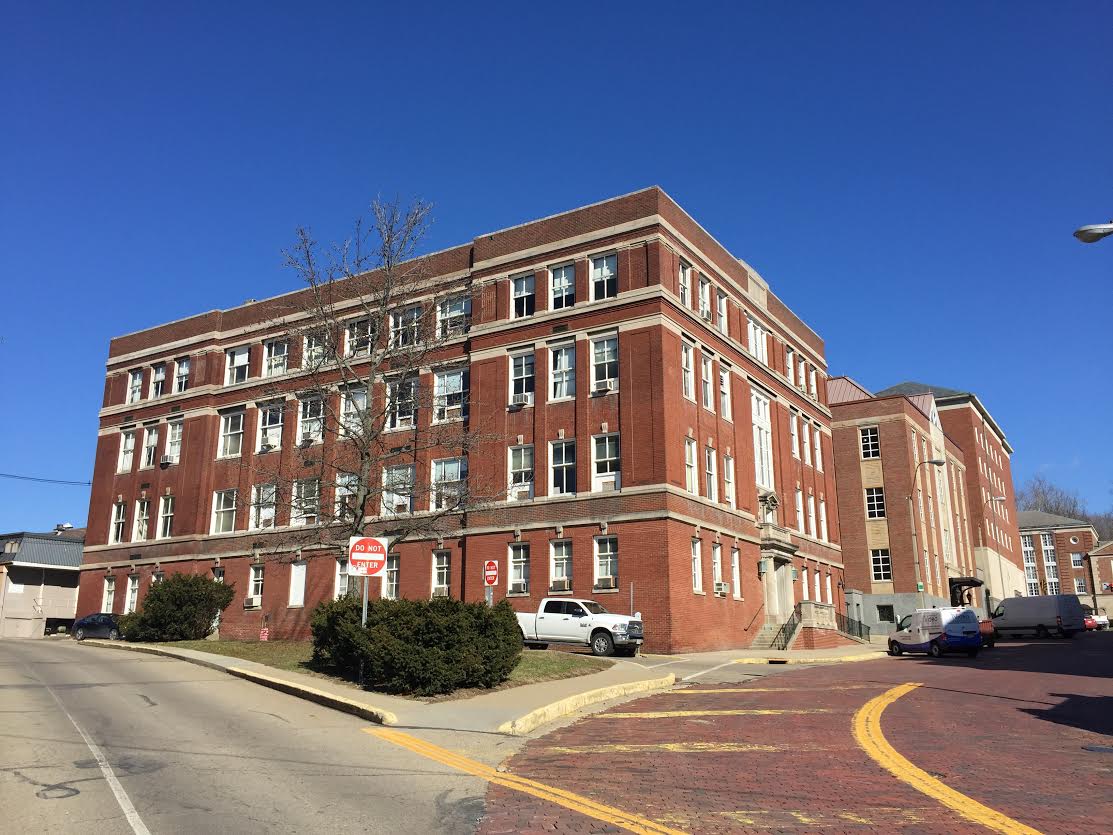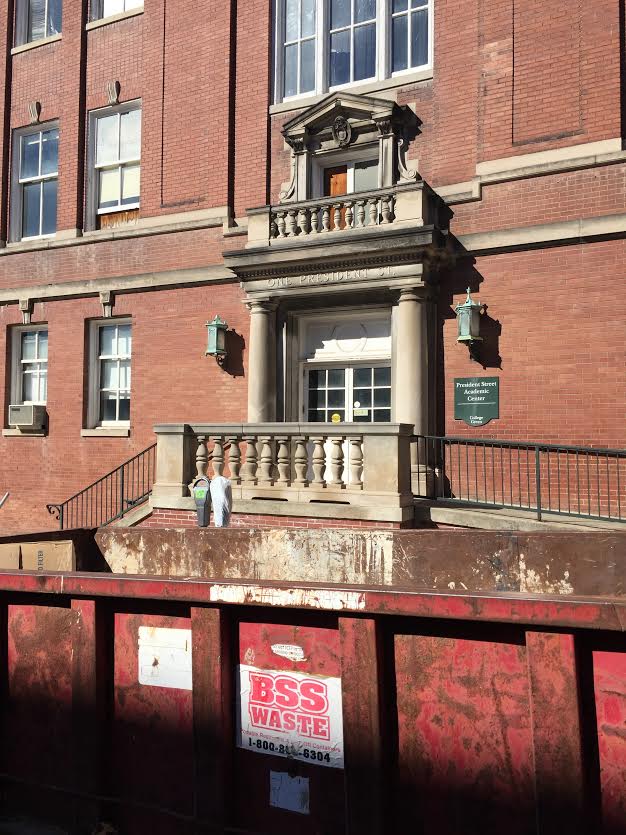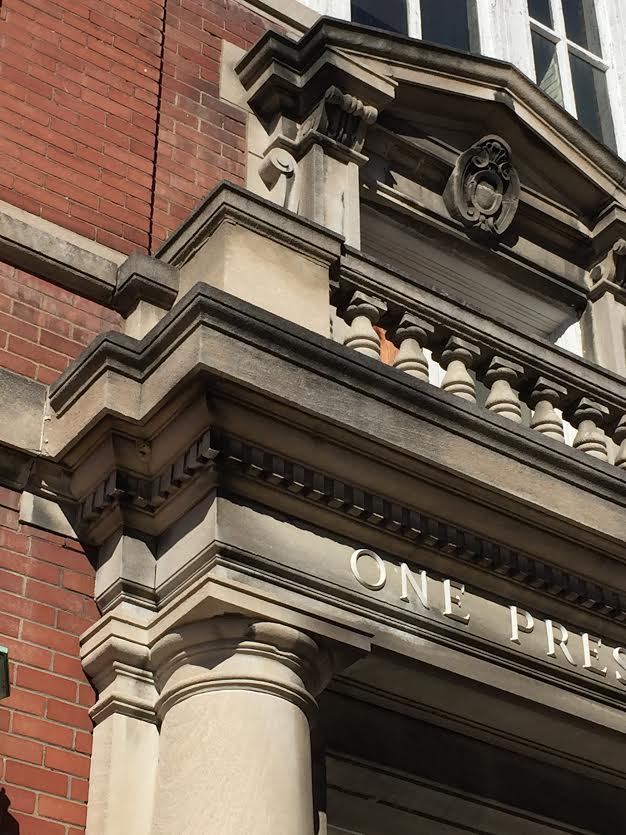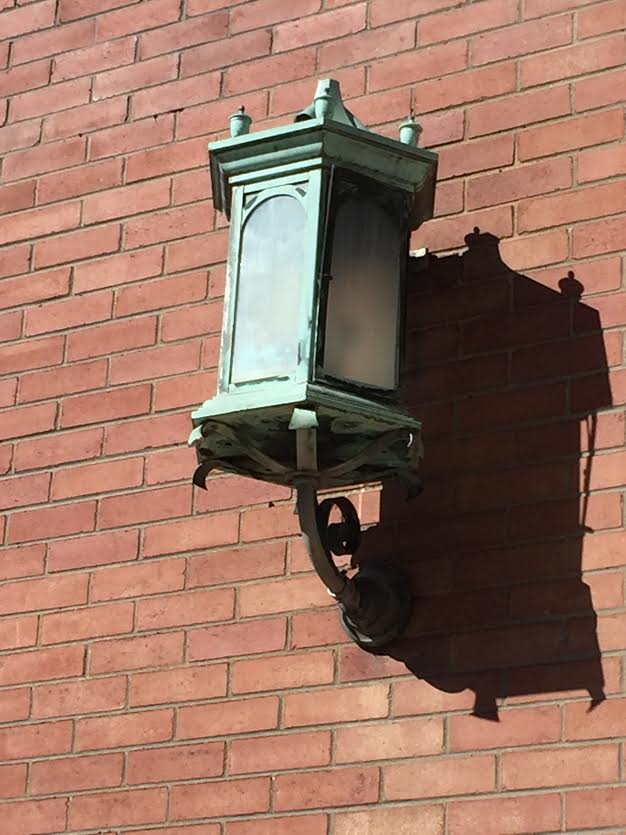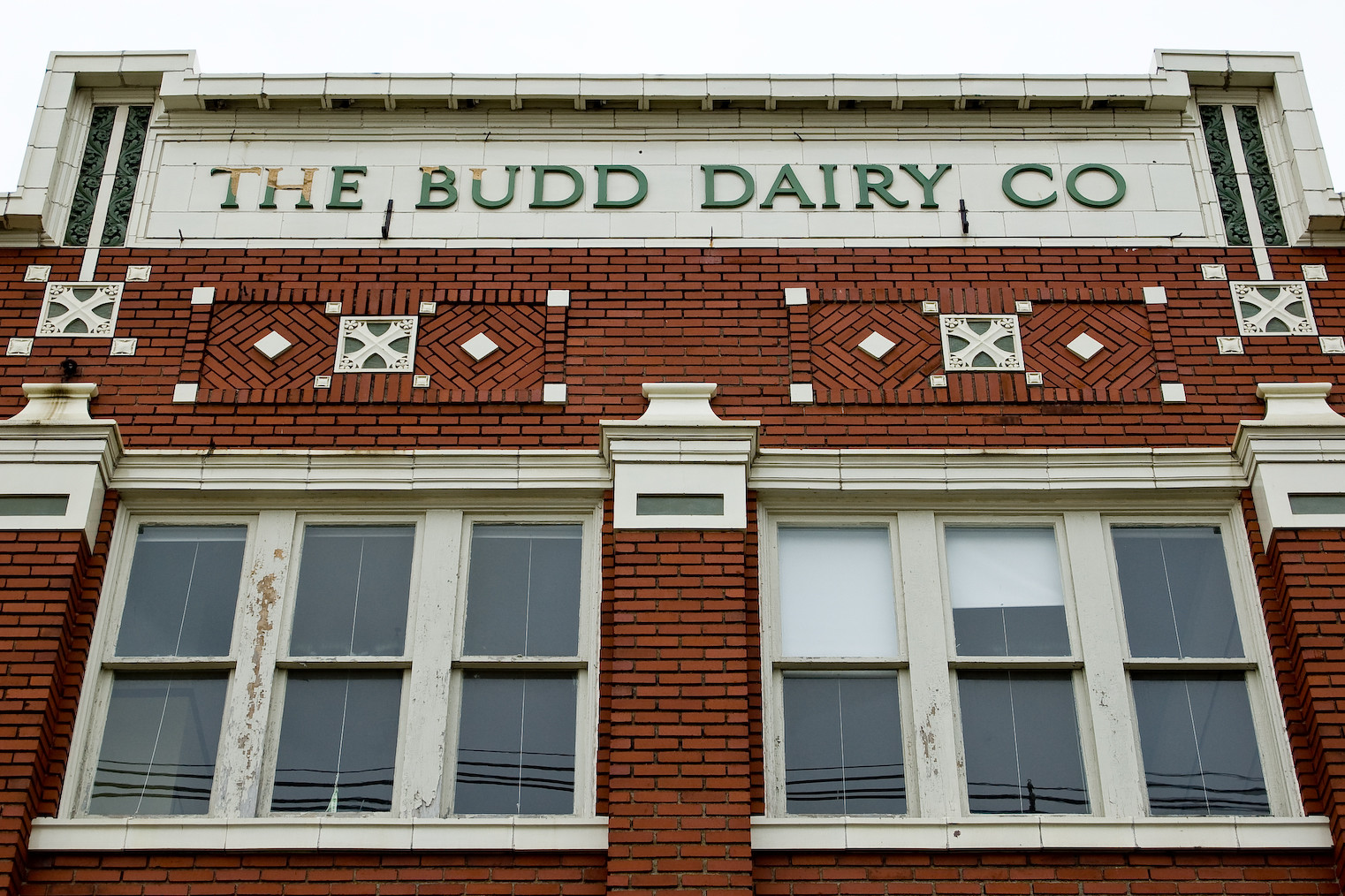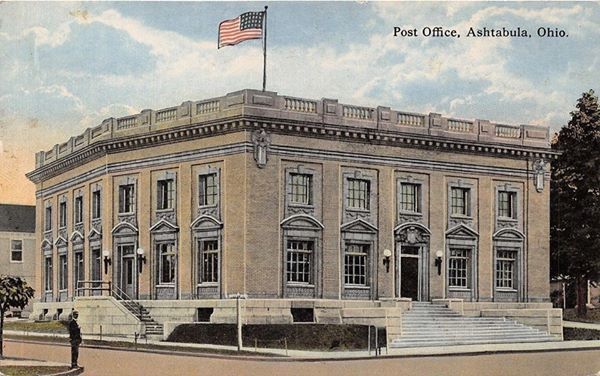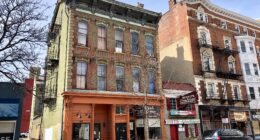It’s ironic — a university proceeding towards demolition of a landmark structure without first doing its homework.
At issue is the Ohio University’s original Science Building, known most recently as the President Street Academic Center. Designed by noted architect Frank Packard, this 1911 building is scheduled for removal beginning on May 2. If plans continue it will be the second Ohio University building listed on the National Register of Historic Places to be lost in just two years.
 Local advocates for preservation and the idea of town/gown cooperation in the area of planning have been aghast at the idea of losing the structure. Concerns have been advanced by the Mayor of Athens, Athens City Council, the Athens County Historical Society, local planners, by a group of 75 residents through an open letter published in the Athens News, and others. In various communications, including this open letter from the Commission, several overlooked considerations have been cited.
Local advocates for preservation and the idea of town/gown cooperation in the area of planning have been aghast at the idea of losing the structure. Concerns have been advanced by the Mayor of Athens, Athens City Council, the Athens County Historical Society, local planners, by a group of 75 residents through an open letter published in the Athens News, and others. In various communications, including this open letter from the Commission, several overlooked considerations have been cited.
The building is part of an unparalleled collection of Packard-designed structures associated with the university and the city of Athens, and represents the sixth oldest facility on the OU campus. Building advocates have pointed out that any plans for replacing the President Street Academic Center do not call for new construction for several years, with green space occupying the site in the interim. A needed major donor for the new building has yet to be identified, and one is not expected to be named for another two or three years.
This, advocates have suggested, gives ample time for Ohio University to consider options for building reuse. Offers of assistance in identifying funding and reuse options have been numerous.
In this light, one OU official, the Business Dean whose department hopes to gain a new home through the demolition, has claimed that the building is in “poor condition” and lacks the ability to be reconfigured for modern classroom use. At the same time, however, the university’s most recent study indicates that the building is in “moderate” condition despite years of deferred maintenance. The school has acknowledged that it has never taken the opportunity to bring in a consultant with preservation training to identify reuse options.
The situation at OU is unfortunately similar to others in institutions of higher education across the state, however some plans for demolition have recently been changed after public input — such as with the Patterson Place building on the campus of Miami University in Oxford. Other public universities in Ohio have chosen preservation-friendly paths in the current decade, with significant structures currently being adapted for modern use on the campus of Bowling Green State University, for instance.
On March 1, the President Street Academic Center was officially nominated to the 2016 List of Ohio’s Most Endangered Historic Sites. This Saturday, March 19, it will be featured in a tour of Packard-designed buildings in Athens conducted by a representative of the Ohio Historic Preservation Office, the State of Ohio’s official governmental preservation agency. Information about that tour can be accessed here.
As noted in the Most Endangered nomination submission,
“[I]ts long presence on the Athens campus makes the President Street Academic Center a touchstone to the effect of world wars and other global conflicts, to the struggles over civil rights, and to the challenges of life in an Appalachian community. Whenever we pass by, we are reminded that history matters… To date, the university has been silent when asked how it weighed the importance of history in its decision to recommend the demolition of the President Street Academic Center. At the very least, given that the university often relies upon its past to articulate its uniqueness, some insight into when history matters is warranted.”
The office of Ohio University President Dr. Roderick McDavis may be reached at: president@ohio.edu or 740.593.1804.
Photos of the President Street Academic Center are featured below, together with a YouTube video featuring an overview of Packard’s work.
